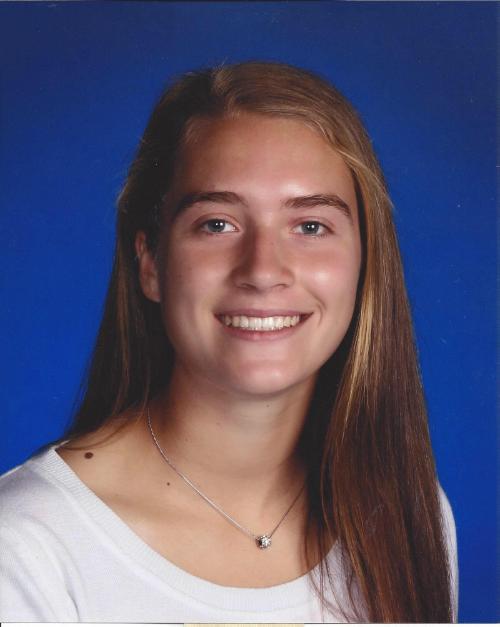Have you ever wanted to do a science experiment using colorful dye and sparkles? This milk experiment allows you to do just that! Prepare to be amazed as a chemical reaction occurs right in front of you in seconds and then learn more about the science behind it.
MATERIAL LIST:
- Whole Milk
- Food coloring
- Glitter (optional)
- Shiny confetti (optional)
- Cotton swabs
- Dish soap
INSTRUCTIONS:
- Pour your milk into a medium bowl or dish – you want to make sure there is about one inch of liquid.
- Slowly add in food coloring. We encourage you to get creative and mix in multiple colors! If you have any, now is a good time to pour in your glitter or confetti.
- Next, pour some dish soap into the milk.
- Cover part of the cotton swab with dish soap and dab it against the surface of the milk.
- Look out for a chemical reaction!
WHAT IS THE SCIENCE:
Milk is made up of fats, water, and minerals. It is a liquid, which has surface tension, so its molecules produce positive and negative charges that keep the liquid in a steady state. Those same charges repel and attract other molecules, like the dish soap we added.
Dish soap is a special kind of substance called a surfactant, which is able to affect a liquid’s surface tension with both hydrophilic (“water-loving”) and hydrophobic (“water-hating”) parts. The hydrophilic parts attached to the water molecules in the milk, and the hydrophobic parts attached to the fats, causing the milk to start to separate. We normally wouldn’t be able to see this reaction taking place, but the food coloring and glitter help us do that!
VIDEO:
Watch this video if you are interested in learning a little more about the science behind this Magic Milk Experiment!
CHEMISTRY CAREERS:
https://www.mendeley.com/careers/article/top-10-chemistry-jobs/
There are a broad range of possible chemistry careers, ranging from teachers to chemists. Teachers can work in middle schools, high schools, community colleges, and universities. At a research university, professors are able to collaborate with students to conduct research that helps find life-saving treatments, make discoveries about the environment and the world around us, build useful chemical compounds that help with manufacturing, and more. A forensic chemist works at crime scenes and searches for and examines remains in a lab–they might be looking at toxicology or reactions that took place in the human body to help law enforcement officials solve crimes.
To learn more, the American Chemical Society has a comprehensive list of options. We encourage you to check it out!
CHALLENGES:
- Try using 2% milk – what do you notice about the reaction. Why do you think this happens?
- Then try using fat free milk. Compare the chemical reaction against the reactions you noticed for the whole and 2% milks.
ASK YOUR YOUNG STUDENTS:
- Why don’t you think we’re normally able to see this reaction?
CITATIONS:
https://www.scientificamerican.com/article/surfactant-science-make-a-milk-rainbow/
This week is Family STEM Week at the Connecticut Science Center. Check out CTScienceCenter.org to learn all the ways you can interact with us both online and in person.

Caroline Bogue is a senior at Bates College. She is studying psychology with an Archaeology and Material Culture concentration. This summer, she is working as a Public Programs Intern at the Connecticut Science Center to assist with virtual programming and remote learning activities. She is passionate about animal care and wildlife. In her free time, she enjoys playing tennis and being outdoors, and she has experience playing soccer and basketball at the collegiate level.


